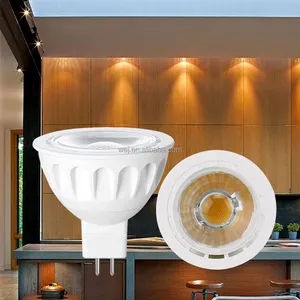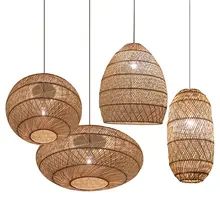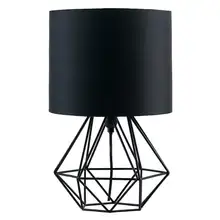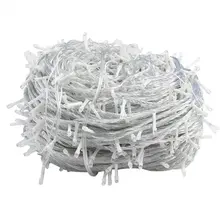Understanding GU8 LED Bulbs 10W
LED lighting has revolutionized energy-efficient illumination, and the GU8 LED bulbs 10W category is a prime example of this advancement. These bulbs are designed to fit GU8 sockets, commonly found in various lighting fixtures. They are a suitable choice for users seeking a balance between luminosity and energy consumption.
Types and Features of GU8 LED Bulbs
The GU8 LED bulbs 10W come in several types, each offering unique features. Options include bulbs with manual buttons, remote control capabilities, and sensor activation, providing versatility for different lighting needs. The choice of a manual, remote, or sensor GU8 bulb will depend on the intended application and user preference.
Material and Construction
The construction materials of GU8 LED bulbs 10W are crucial for their performance and longevity. Common materials include polycarbonate (PC), aluminum alloy, and stainless steel. Each material offers distinct advantages, such as durability and heat dissipation, which are essential for the efficient operation of LED bulbs.
Applications of GU8 LED Bulbs
GU8 LED bulbs 10W are versatile in application, suitable for various settings such as offices, warehouses, and hotels. Their adaptability is due to their compact size and efficient light output, making them an appropriate choice for both task lighting and ambient illumination in professional environments.
Advantages of Using GU8 LED Bulbs
Switching to GU8 LED bulbs 10W offers several advantages. These bulbs are known for their energy efficiency, which can lead to reduced operational costs. Additionally, their longer lifespan compared to traditional bulbs means less frequent replacements, contributing to lower maintenance requirements.
Choosing the Right GU8 LED Bulb
Selecting the right GU8 LED bulb 10W involves considering the specific lighting needs of a space. Factors such as the desired brightness, color temperature, and beam angle are important to ensure that the chosen bulb provides the appropriate illumination for the intended environment.






































 浙公网安备 33010002000092号
浙公网安备 33010002000092号 浙B2-20120091-4
浙B2-20120091-4